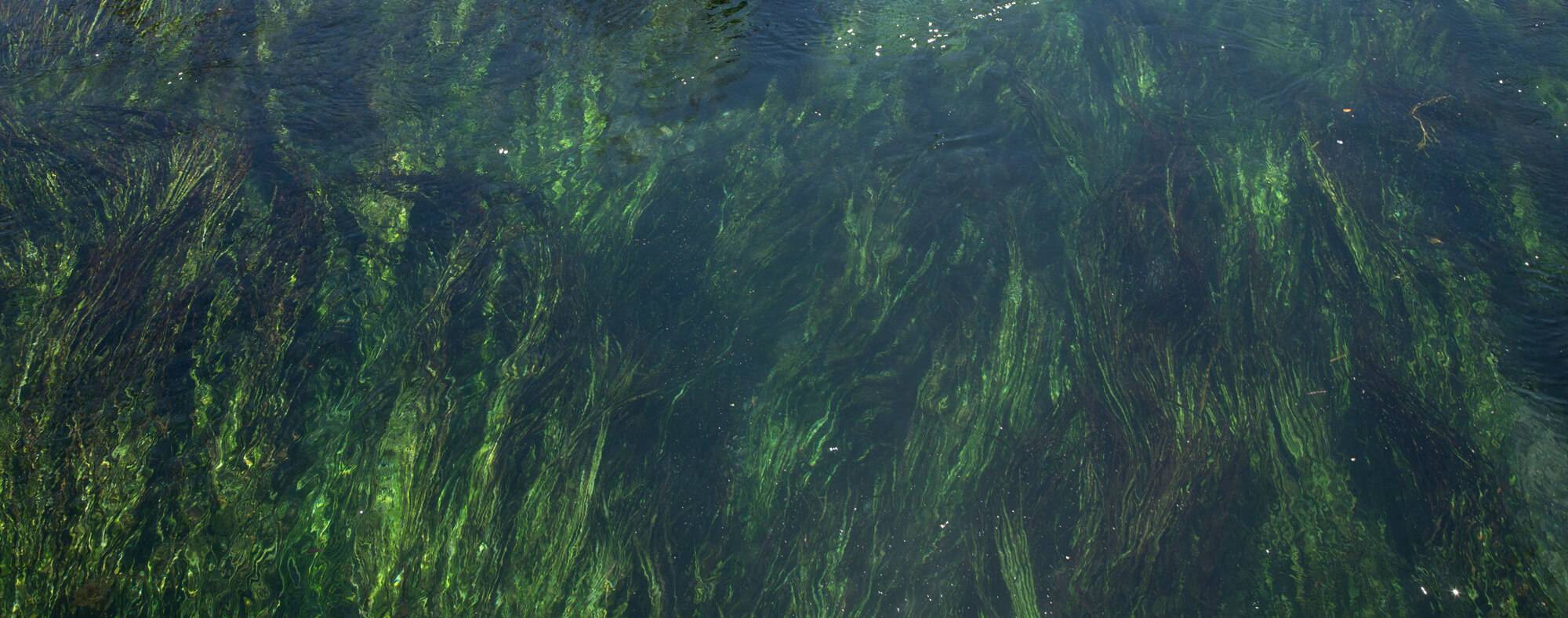Spring Lake Watershed Characterization
Description
Currently, The Meadows Center and Texas State University have multiple projects examining the biota and water quality of Spring Lake and the Upper San Marcos River. Each project has a set of specific goals and outcomes.All of the projects together are an effort to know more about the Upper San Marcos River (including Spring Lake) as well as its watershed. Ideally, these projects will serve as an initial step toward the generation of an Upper San Marcos River Watershed Protection Plan. Other projects include the San Marcos Observing System (SMOS). Under this project, patterns in land-use in the Sink Creek watershed will be assessed as well as nutrient and sediment inputs to the lake from various spring openings in the lake and the Sink Creek watershed in order to identify potential management strategies.
Location
Located at the headwaters of the San Marcos River at the edge of the Texas Hill Country, Spring Lake hosts San Marcos Springs, the second largest artesian springs in the Western United States. More than 200 springs discharge from three large fissures and many other small openings at the bottom of Spring Lake, viewable to the public through Aquarena Center's glass-bottom boat tours. The springs have been designated a critical habitat for five endangered species: the Fountain Darter, the Texas Blind Salamander, the San Marcos Salamander, the San Marcos gambusia, and Texas Wild Rice. Research for the Spring Lake Watershed Characterization project is conducted at The Meadows Center for Water and the Environment, located at the Texas River Center at Spring Lake, and at the Freeman Aquatic Biology Building on the Texas State University campus nearby.
